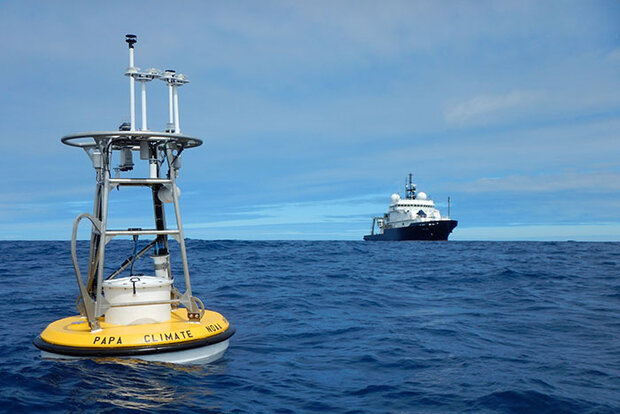Best practices and tools for assessing trends in ocean acidification released

Ocean Station Papa is a long term surface mooring that monitors ocean-atmosphere interactions, carbon uptake, and ocean acidification in the Gulf of Alaska. Credit: NOAA

Ocean Station Papa is a long term surface mooring that monitors ocean-atmosphere interactions, carbon uptake, and ocean acidification in the Gulf of Alaska. Credit: NOAA
For the first time, an international research team compiled a set of best practices to assess and report ocean acidification trends. Standardized procedures for measuring ocean carbon chemistry are already largely established, but a common set of best practices for trend analysis are missing. These best practices will facilitate ocean acidification comparison of trends across different regions. They also allow the research community to establish enduring accurate records of change that communicate the current status of ocean acidification to the public.
Ocean acidification occurs when the ocean absorbs carbon dioxide from the atmosphere, causing a fundamental chemical change. The global rise in ocean acidity is fueled by human-emitted greenhouse gases. The global ocean has absorbed approximately 620 billion tons of carbon dioxide (~25%) from emissions released into the atmosphere by burning fossil fuels. Impacts from ocean acidification will vary by region. In order to implement adaptation and mitigation strategies, managers need an accurate and comparable understanding of how ocean acidification progresses globally, regionally and locally. This requires standardized procedures at all levels of data collection, dissemination, and analysis.
Read more at the link below.